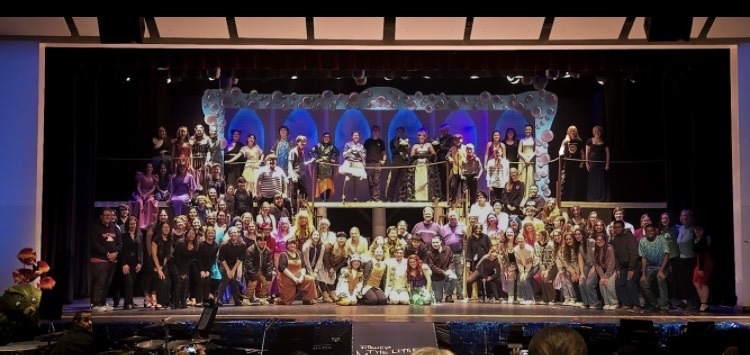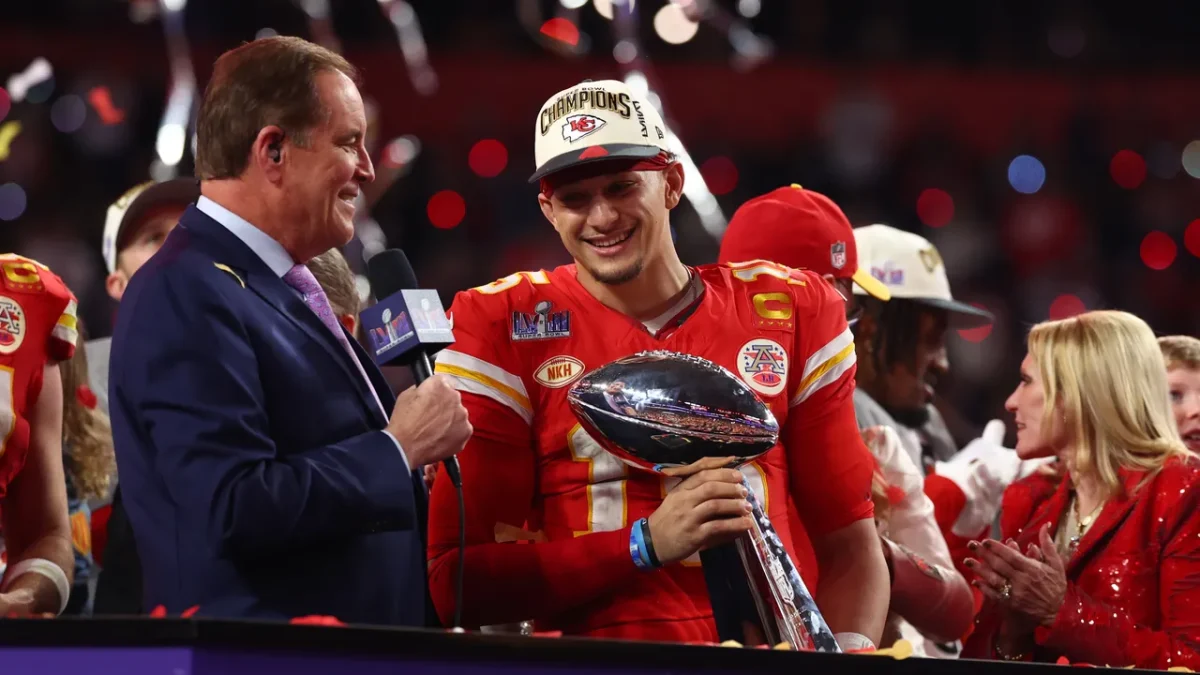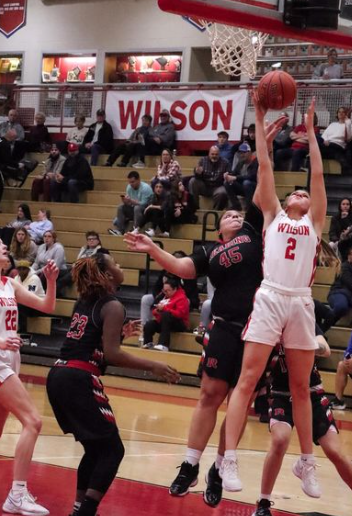The idealism behind ambition can drive one into madness, a feral chase for an impossible dream. There is no greater driving force behind human nature than ambition. Ambition has led wars, spread civilization to the unknown world, and innovated the modern world. But that same ambition also drove the most dominant empires too close to the sun and left their society in a swift crisp. Yet, that risk that comes with ambition also makes the reward so much sweeter.
The company of Nintendo and the empires of the past have one thing in common: an ambition to revolutionize the world at great risk to themselves. On January 21st, 1999, Super Smash Bros was first released onto the nation of Japan, and on April 26th of that same year in America. The game originally was going to use generic character models similar to wooden dolls, however Nintendo wanted to use their main IPs. A huge business risk, neither Sakurai nor the company Nintendo would know what would have happened. Gambling their profits for the metaphorical unexplored Western Front, it was more than a pleasant shock that they struck gold.
Super Smash Bros instantly became a household name. It was not only the first crossover fighter but the first platformer fighter as well. There was a novelty in the idea of a fighting game not based off of a health bar but rather through knocking people off the stage. Surviving longer in itself became a skill, and the game was built more around the movement of the stage rather than harder inputs. In other words, fighting games traditionally have simple movement with complicated inputs, while Smash has complicated movement with simple inputs. The moves in Smash simply require a direction and an attack, making the game intuitive to learn.
However, simplicity does not make mindless ease. The larger stage size means that instead of focusing on what moves to do, you have to think more about when you attack and where it would send the opponents for combos. You have to follow your opponent’s movement when you knock them down for a follow-up, better known as tech chases. When you are knocked to the ground, upon pressing the shield on the ground, you avoid the get-up animations and avoid getting jab-locked, where the opponent traps you in a stunned animation after jabbing you once or twice to lead up to a stronger move. Upon teaching, you may roll left or right. This can be used to avoid certain attacks, however gets too predictable and your opponent may catch you with a stronger read.
Another example is DI and SDI. Even if you are being combo’d, characters can escape by wiggling their sticks in certain directions to avoid certain combos, or to hold the stick in to avoid dying. Even when you are losing, you are almost never completely helpless. That is the beauty of Smash. Instead of focusing on combos, Smash is a fighting game that is an equal tug of war between two opponents, clawing their way for any sort of advantage or ground. If skilled enough, you can come back with the worst of situations based on your own abilities, knowledge, and unique character traits.
And what would the main appeal of Super Smash Brothers be without the characters within the series? Originally a celebration of Nintendo games and history, it features not only the characters and fighters but also unique music and stages from their series. When a fighter gets into Smash, it is not just adding onto a crossover for sales. No, it is a celebration of not only that character but his series. Smash has the power to break media, such as when Steve from Minecraft was released. The excitement was enough to have social media servers shut down for hours out of pure shock. But Smash does not simply bring on popular characters, no. It takes characters and series forgotten in the dust, irrelevant for years, and not only brings them back to relevancy but also redefines them.
Nobody exemplifies this better than the long-forgotten King K. Rool, a villain who used to be as iconic as the Koopa King Bowser. However, due to copyright issues with Rare, creator of the character, leaving and causing a divide, the character has only had appearances as a side character like Mario Super Sluggers. However, the character has been missing in Action since 2009. Despite his lack of relevancy, he has been clamored as one of the most requested characters in Smash Bros. When he was revealed in the next game in 2018, they built him up as Donkey Kong’s ultimate rival by showing off other Nintendo characters and their rivalry. When he came out, he was defined by his armor on his attack, his high weight, and most importantly, his former cocky personality replaced with a raw bloodlust against his opponent, no longer running on his feet but on all fours. His appearance in Smash has solidified his placement more than the Donkey Kong Country games today.
Super Smash Bros has redefined the genre of fighting games, or video game genres in many ways. This series is an example of the product of ambition matching up to its expectations, conquering the world all at once. The influence of Smash has inspired other companies to make spin-offs and define the genre, like Nickelodeon All-Stars. But rather than being driven by ambition and love, it is driven by trying to emulate Smash for easy profits. The ambition is only within profits, and those who follow in the footsteps must keep that lesson and not only build off the blueprints but make something truly unique, standing out amongst the crowd.
Upcoming Events
- It's the last month of the school year! 10 AM starts next week!




















